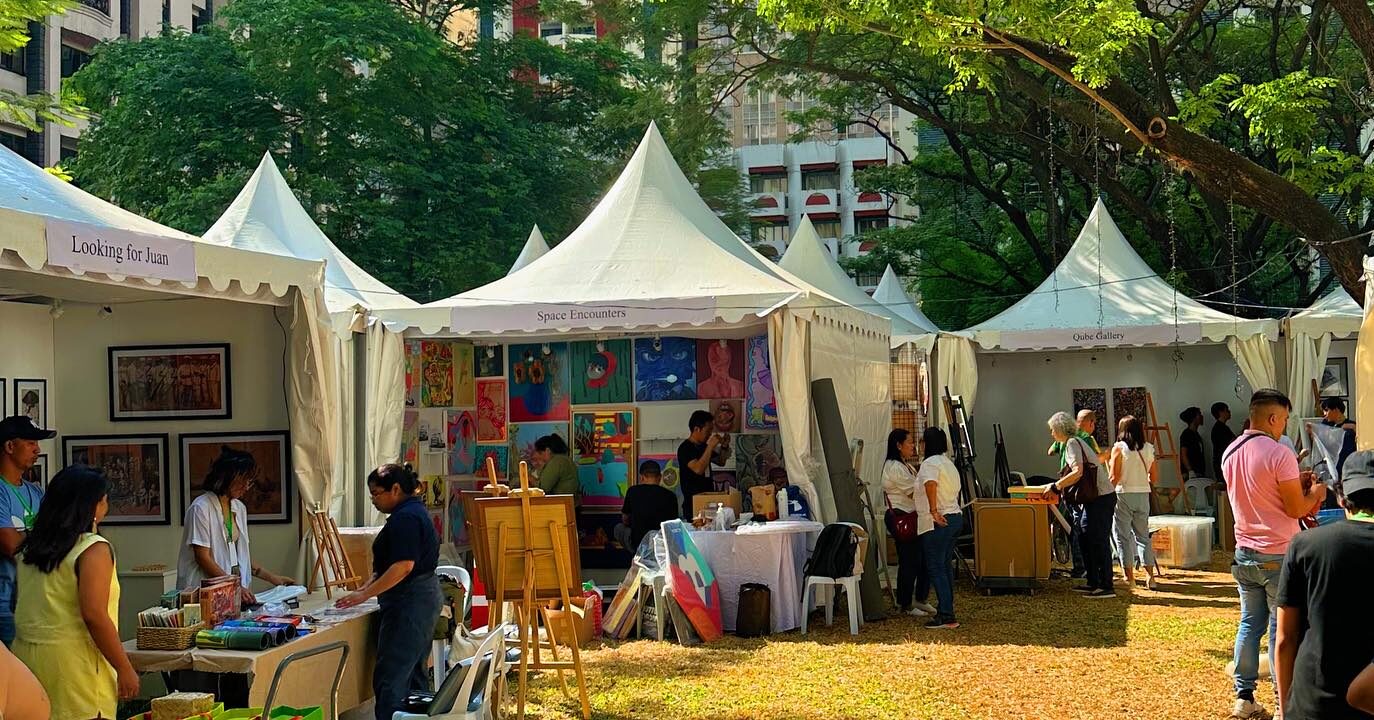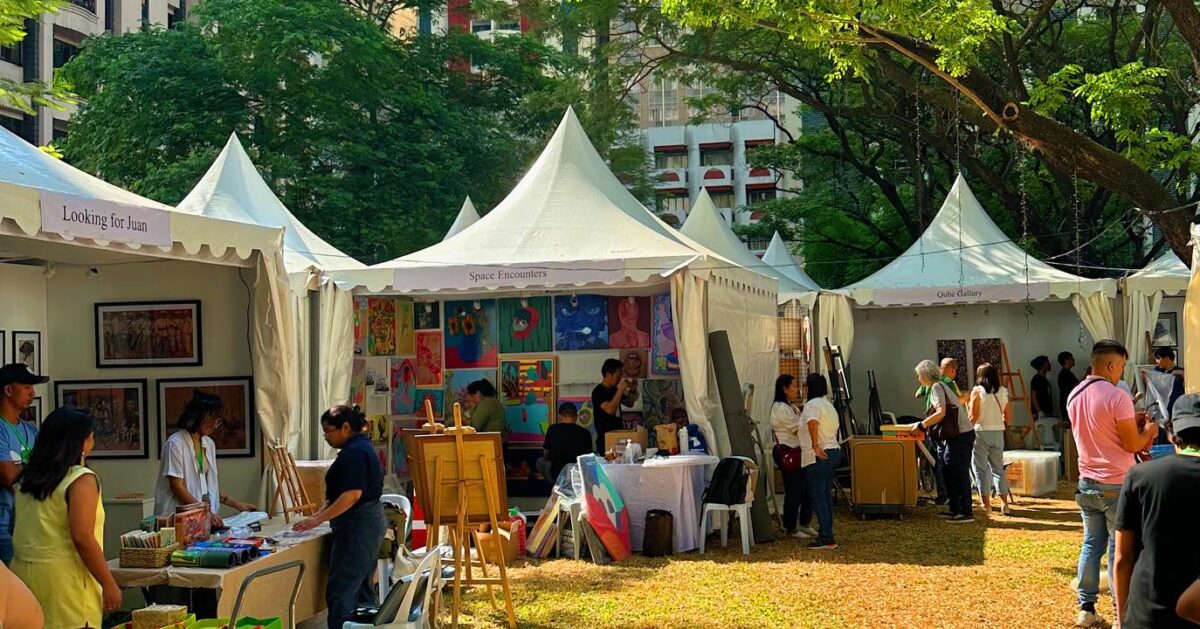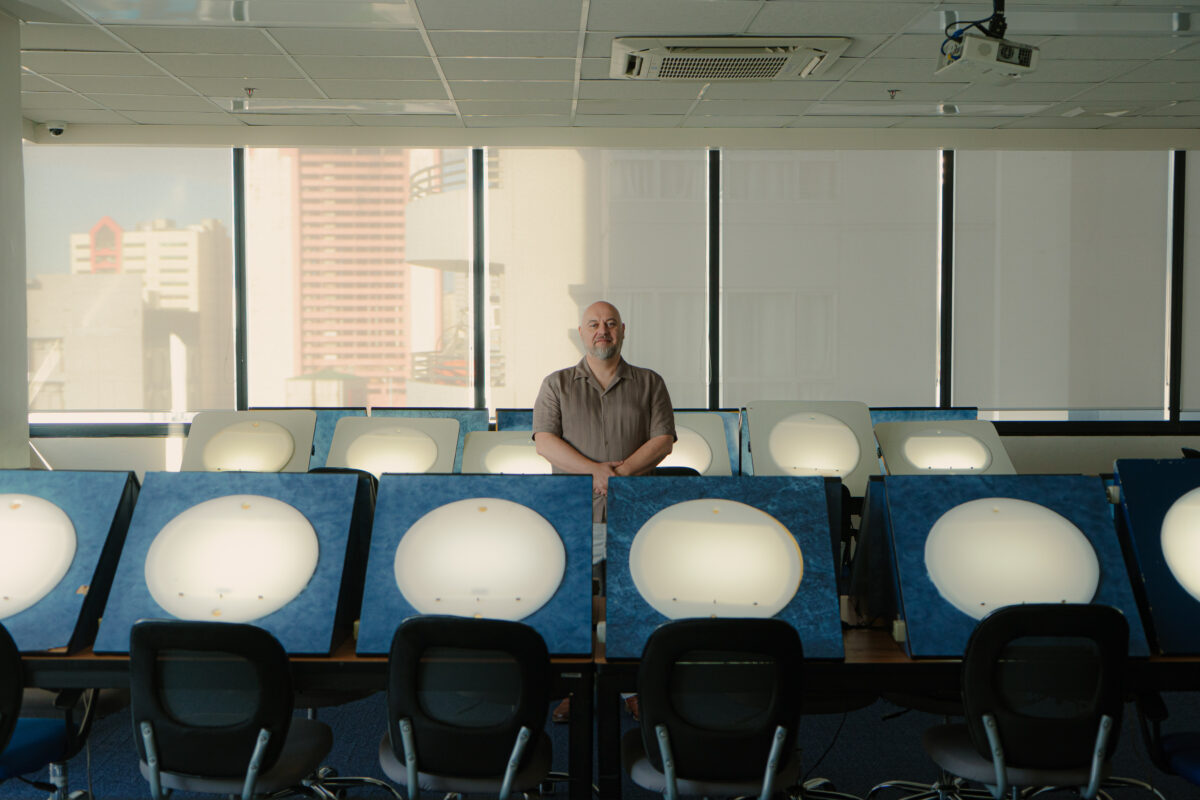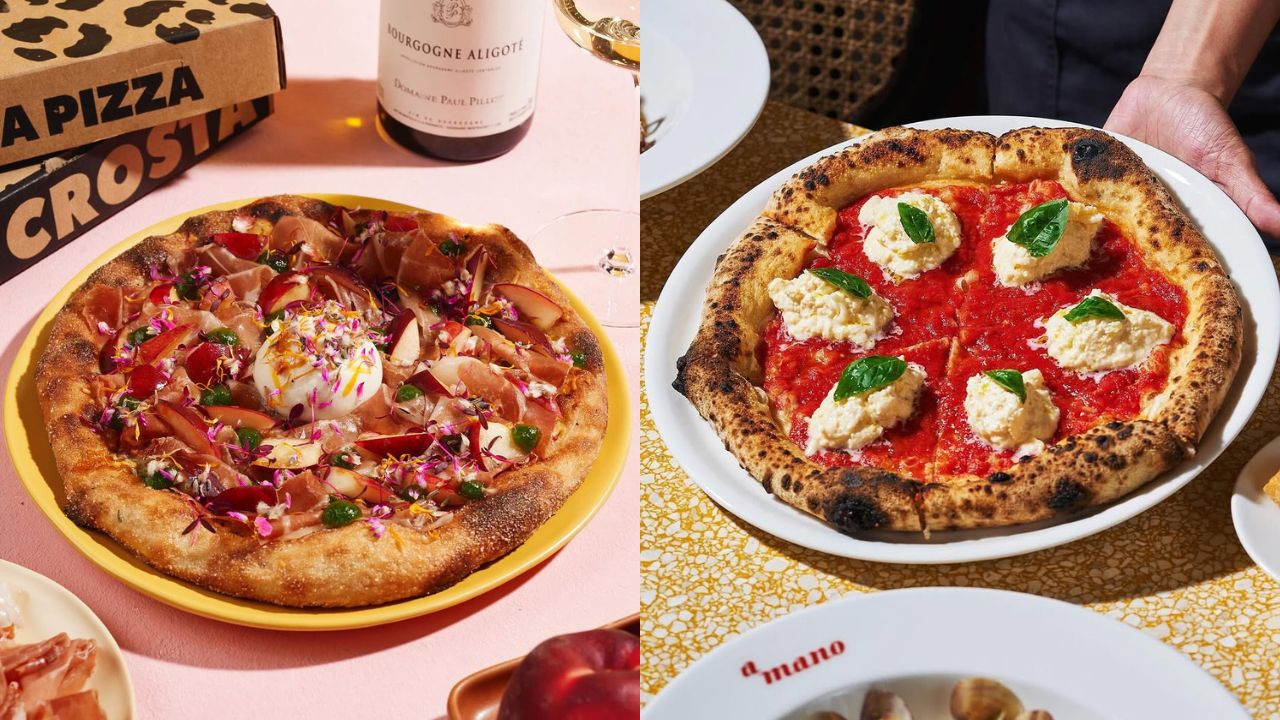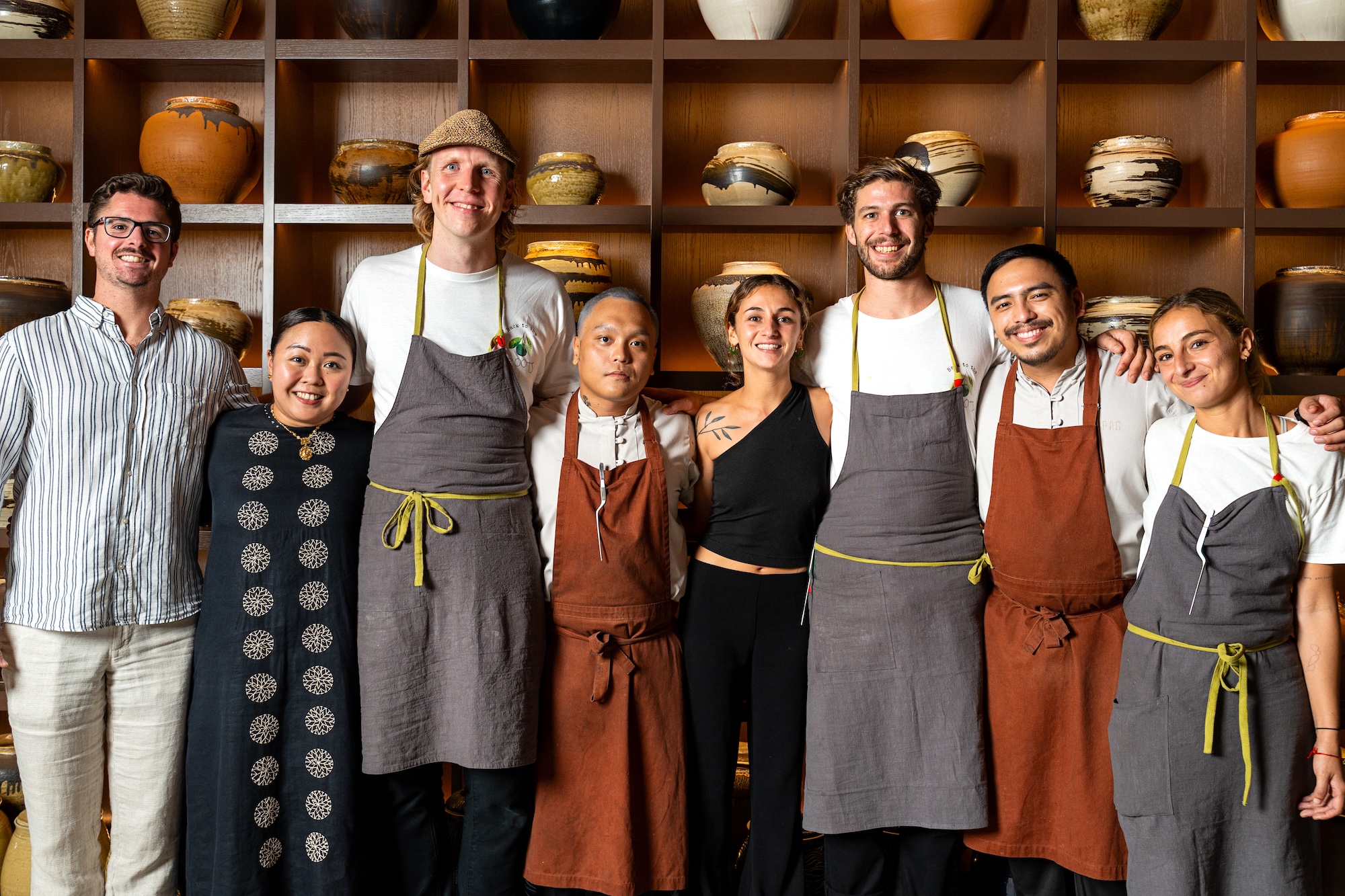Many of us do what we can to be good people. We hold doors open, greet officemates, and put the toilet seat down. But as we pass through the doors of an all-you-can-eat or buffet restaurant, we detach from our usually good selves and commit to putting the establishment out of business.
By the time the notion of “I am full” has passed through our neurons and into our brains, at least three superfluous plates of food are caught somewhere in our digestive system, causing both discomfort and contentment. In the face of such diners-cum-professional eaters, how do buffet restaurant owners keep their businesses afloat, making enough money to cover costs and please investors?
It goes first without saying that ill-intentioned diners with the actual hope of putting the place out of business likely don’t exist. The diners however that do exist are positioned somewhere along a spectrum, one ranging from I’ll just have a little of this and that without dessert to I just ran a marathon and I’m going to eat two days’ worth of food.
“The cost of food at a buffet is generally around 30 to 35 percent of the cost of the price of the meal. The rest of the price then covers labor, overhead, taxes, and other expenses that are part of doing business.”
Taking the total amount eaten by diners on a given day, we could find the average amount eaten per diner. The thought gathered here is that those who eat a little and those who eat a lot balance each other out. This gently dismisses the notion that each and every entrant to an all-you-can-eat restaurant leaves having eaten themselves senseless.
But what happens with the occasional customer hell-bent on gorging? One chef suggests, “even if the cost of the food he eats is equal to the price he paid for the meal, this person is costing your business no extra money.” This is because “the cost of food at a buffet is generally around 30 to 35 percent of the cost of the price of the meal.” The rest of the price then covers labor, overhead, taxes, and other expenses that are part of doing business.
As such, even if the standout eater extraordinaire eats as much as their stomach merits possible, the running costs remain constant, and in the very worst case, a restaurant owner may just have to settle with breaking even, which becomes near negligible with the rarity of this customer.
More than exploring the better-intentioned side of all-you-can-eat diners and the rarity of the more “gorge-ous” eaters, marketers and psychologists have gestured their observations of what such restaurants might do to stay open. We find ourselves presented with some sneaky ideas: half-sized plates to limit how much food may be taken in one trip, large water and soft drink glasses, starches and cheaper vegetables dominating the buffet offerings, and more expensive protein displays appearing more sparsely filled to name a few.

In this seeming clash of wills, the restaurant owner appears armed with tactics of psychology. Small plates and enormous servings of liquid poised to prod us into feeling full; cheaper ingredients in larger quantities and the pricier sort in bits and pieces bending us to sway in the direction of duller food. Some even suggest that buffet restaurants have us use slightly smaller utensils to eat our food with.
But caught in all these theories and behavioral psychologist-slash-marketer postulations, do we stand on a hill of sand with reality ready to tumble us over?
To help us stand steady, enter chef Kalel Chan. When presented with these theories, the corporate chef of the Raintree Restaurants Group and executive chef of the three-year-old Quezon Buffet Restaurant in Quezon City says, “there’s a truth to your theory but customers are wise and have probably figured that out, so it doesn’t work anymore. I don’t believe in cutting food or adding nonsense dishes just to fill the buffet.”
With inflation as it is, how does a chef keep his restaurant running? “Menu engineering plays a big role, constantly looking for suppliers that [charge] the same price but [give] the same quality,” says Kalel Chan, corporate chef of the Raintree Restaurant Group.
But with inflation as it is, how does a chef keep his restaurant running? “Menu engineering plays a big role, constantly looking for suppliers that [charge] the same price but [give] the same quality,” says Chan. Charting the malady of fluctuating prices, he adds, “the prices of raw materials are just unbelievable. For example, in your costing, the price of carrot [could be] P60 per kilogram, [and yet the] next week it could be P120 because of weather conditions, gas prices, or suppliers manipulating prices.”
Allowing menus to change both with the seasons and during periods when specific ingredients come at high costs gives a chef room to be both creative and cost-effective. This could be Chan’s menu engineering. The customer is quick to take “locally grown” or “produced in-house” to be good things. Indeed they are, keeping money circulating in the local economy, but let’s face it, “produced in-house” essentially means free for the restaurant.
Further, local and seasonal ingredients employed in buffets are cheaper than those grown elsewhere and at different times of year. Thus these “good things” also keep costs down for restaurateurs. Combined with effective methods of managing food waste in the form of portioning and perhaps providing smaller plates, restaurants keep their costs as low as possible. When asked how one might most swiftly fail as a buffet-style restaurant, rather than taking a cost-focused approach though Chan says, “Bad food!”

Taking stock of what theorists and practitioners have to say on the topic of keeping such restaurants running, we look to the center of a Venn diagram. Once there, we find smart shopping, creative menus, and budding loyalty. Far from teetering on trickery, all-you-can-eat restaurants stand the test of time by showing guests a good time, satisfying them, and having them return.
On the demand side too, we may need to dial back our fictionalization of the buffet-goer. We remain good people as we sit to enjoy an all-you-can-eat meal with our companions. Our goodness did not flee at the doorstep. We definitely eat until sated or maybe just a bit more than that, but there is a chance that one of our companions did not. Perhaps the man across the table wasn’t all that hungry today. But having pondered the fight to keep the buffet open, we might realize that we are not at war with the chefs, but rather that we are privy to their creativity and raw material sourcing savvy.
A buffet stands nonetheless as a restaurant, a business that wins by generating loyalty among its diners—the requirements of which are a good time and perceived value.
We might also take the time to review the bill after receiving it. Do we smile, pat ourselves on the back, and say “Boy that was cheap”? We might more readily remark on the good value of the meal we just had. One study even suggests that the cheaper the buffet, the less people enjoy the food, perhaps in anticipation of food quality reflective of the price. The same study recorded, as participants ate pizza, that in a cheaper buffet, one experiences a greater diminishing marginal utility per slice of pizza eaten. That is, at a cheaper buffet, a consumer will enjoy each extra slice a lot less than they would have enjoyed an extra slice of pizza at a more expensive buffet.
Thus, we arrive at a fuller picture of the buffet, navigating the tangles of psychology and marketing. A buffet stands nonetheless as a restaurant, a business that wins by generating loyalty among its diners—the requirements of which are a good time and perceived value. Just as highly diminishing marginal utility doesn’t merit a happy face, a slightly satisfied (if that) customer of a cheap buffet doesn’t merit a happy (returning) camper.
So in the business of buffets, we come to the conclusion that smart costing, good food, and effective management drive the company to survive.




